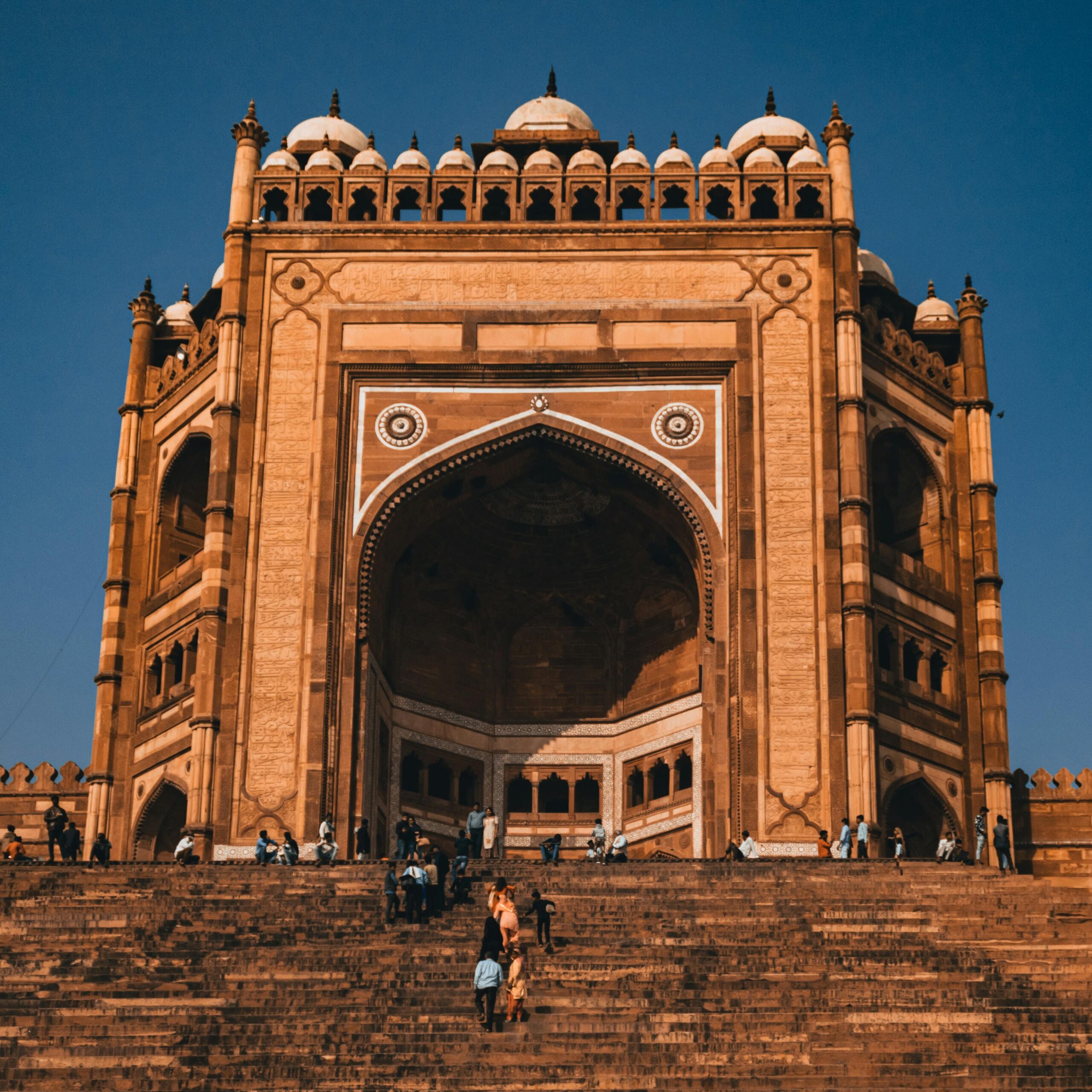
Fatehpur Sikri’s Future as a UNESCO Site: Are We Taking the Right Steps?
A Historic Jewel Faces Challenges in Preservation Amid Growing Tourism and Urban Pressure
Key Metrics:
- Tourist Footfall: Fatehpur Sikri welcomed 3.5 million visitors in 2024, generating ₹500 crore in tourism revenue (Uttar Pradesh Tourism Department).
- Conservation Budget: ₹75 crore allocated in 2024 under the Archaeological Survey of India (ASI) for site maintenance and restoration.
- UNESCO Assessment: Annual UNESCO audits rate the preservation of Fatehpur Sikri as “moderate,” citing pollution and visitor management as critical concerns (UNESCO World Heritage Centre, 2024).
- Local Community Impact: Over 5,000 residents in nearby villages depend directly on tourism for their livelihoods (Ministry of Tourism).
- Environmental Pressures: Rising air pollution levels in the region have led to the erosion of sandstone monuments, as highlighted by the Central Pollution Control Board (CPCB, 2024).
Fatehpur Sikri, 2025 – A UNESCO World Heritage Site since 1986, Fatehpur Sikri is a testament to Emperor Akbar’s architectural vision and India’s rich Mughal heritage. Despite its historical and cultural significance, this sandstone city faces mounting challenges, from environmental degradation to inadequate visitor management. As global attention remains fixed on its future, are we taking the right steps to secure its place as a UNESCO site?
Preservation Efforts and Challenges
1. Conservation Initiatives
The Archaeological Survey of India (ASI) oversees the preservation of Fatehpur Sikri. In 2024, ₹75 crore was allocated for restoration projects, focusing on structural stabilization and cleaning of key monuments like:
- Buland Darwaza: The iconic gateway showing signs of surface erosion.
- Diwan-i-Khas: The sandstone pavilion needing structural reinforcement.
- Jama Masjid: Restorative work on intricate carvings affected by pollution and weathering.
2. Rising Tourism and Its Impact
With 3.5 million visitors in 2024, tourism remains a double-edged sword. While it generates substantial revenue, high footfall strains the site’s infrastructure. A UNESCO audit from 2024 flagged issues such as overcrowding, littering, and unregulated activities, all of which threaten the site’s integrity.
3. Environmental Degradation
Air pollution from nearby industrial zones and vehicular emissions has accelerated the weathering of Fatehpur Sikri’s red sandstone structures. The CPCB reports that high levels of sulfur dioxide (SO₂) and particulate matter (PM2.5) have contributed to discoloration and erosion.
Community and Stakeholder Involvement
Local communities play a pivotal role in Fatehpur Sikri’s ecosystem. Over 5,000 residents depend on tourism for their livelihoods, engaging in activities such as guiding, selling handicrafts, and running eateries.
However, insufficient government support and training programs limit their ability to contribute to sustainable tourism. A 2024 survey by the Ministry of Tourism revealed that 60% of local vendors and artisans lack access to formalized training or financial incentives to align their practices with heritage preservation goals.
Government and Institutional Measures
Several initiatives aim to balance conservation and tourism:
- Tourism Management Plan: The Uttar Pradesh Tourism Department introduced crowd control measures, such as timed ticketing and visitor caps, to reduce pressure on monuments.
- Green Initiatives: The Swachh Bharat Mission funded the installation of waste segregation bins and solar-powered lighting at the site in 2024.
- Digital Heritage Campaign: Virtual tours and AR/VR experiences, launched by UNESCO and ASI, provide alternative ways to explore the site while reducing physical strain.
- Capacity Building: Training programs for local guides and vendors aim to enhance visitor experiences while promoting cultural awareness.
Recommendations for Securing Fatehpur Sikri’s Future
Experts suggest the following steps to ensure Fatehpur Sikri’s preservation:
- Enhanced Pollution Control: Implement stricter air quality regulations in nearby industrial zones and promote electric vehicles for site access.
- Sustainable Tourism Practices: Introduce green certifications for hotels and tour operators to align tourism activities with environmental goals.
- Infrastructure Upgrades: Develop eco-friendly visitor facilities, such as shaded walkways, water stations, and digital ticketing kiosks.
- Community Empowerment: Provide financial support and training to local communities to foster inclusive and sustainable tourism.
- Continuous Monitoring: Strengthen UNESCO and ASI collaboration for regular audits and data-driven conservation planning.
Balancing Heritage and Modernity
Fatehpur Sikri stands as a remarkable example of Mughal ingenuity and cultural depth. While current preservation efforts show promise, the challenges of tourism management and environmental impact require urgent and sustained action. The question remains: Will we take the necessary steps to safeguard this UNESCO World Heritage Site, or will short-term gains jeopardize its long-term legacy?


